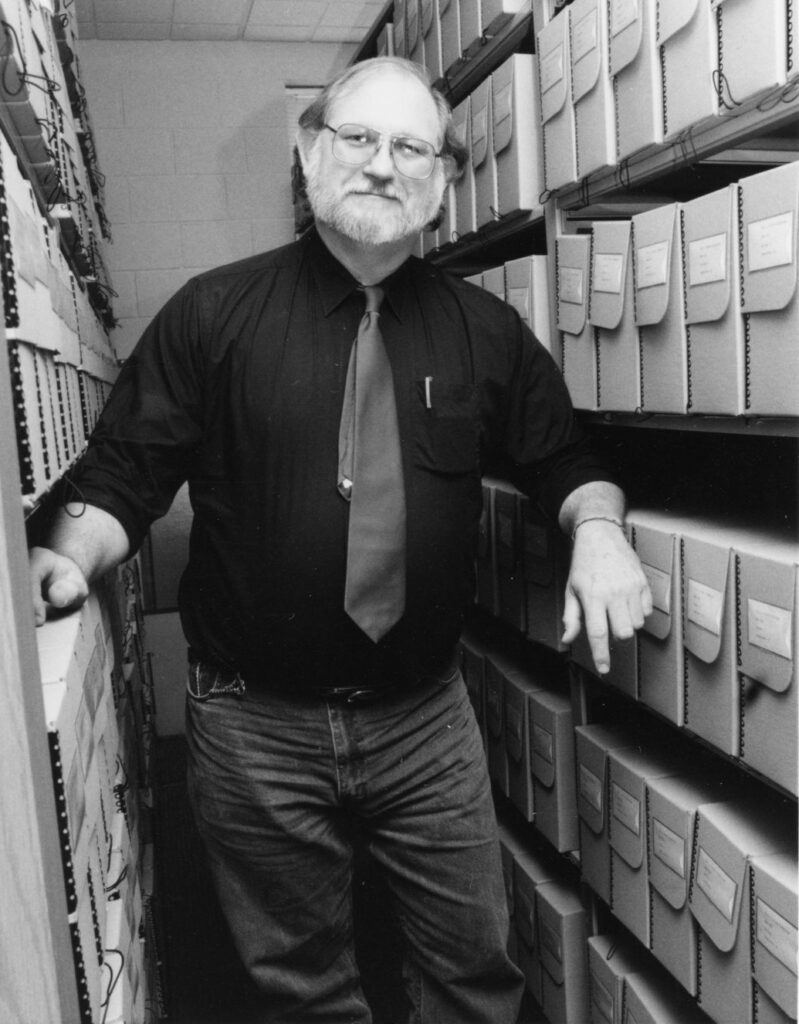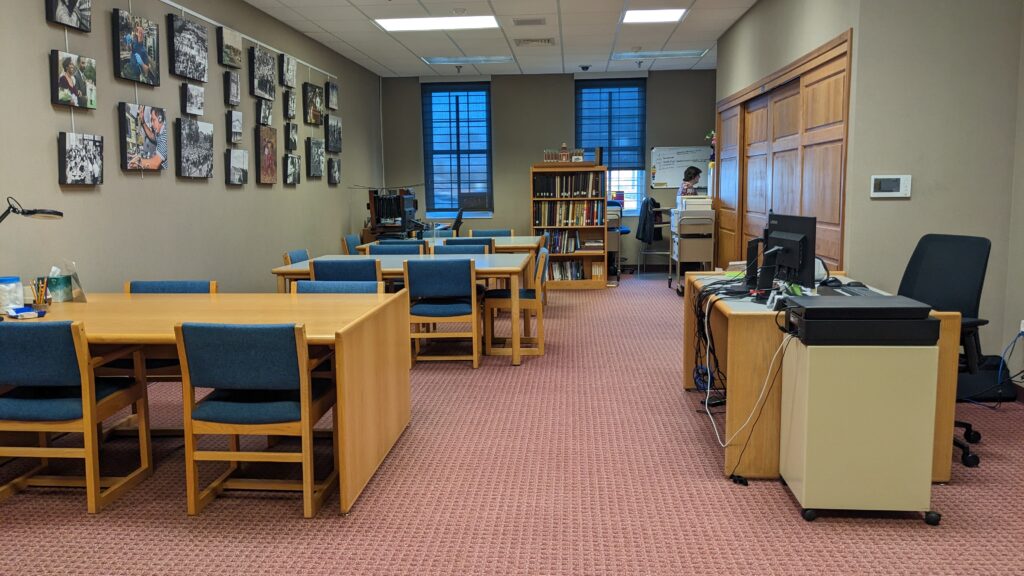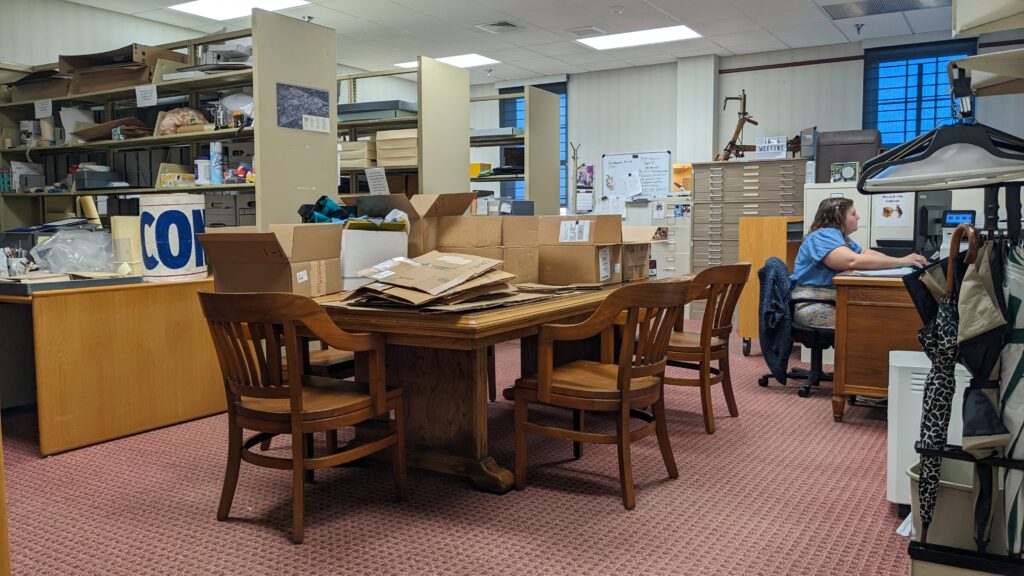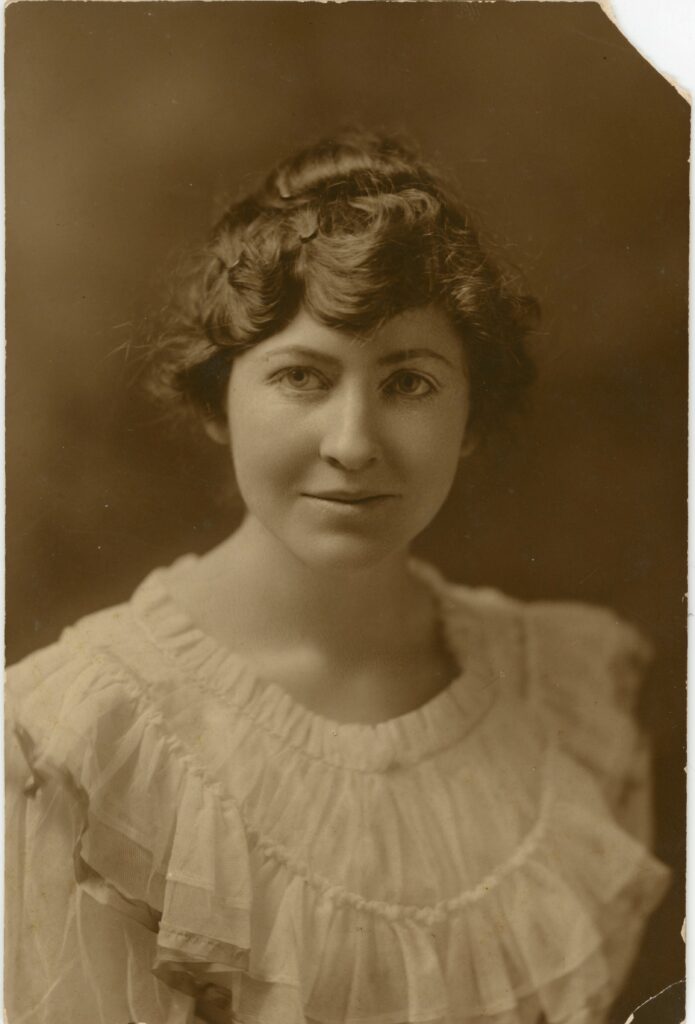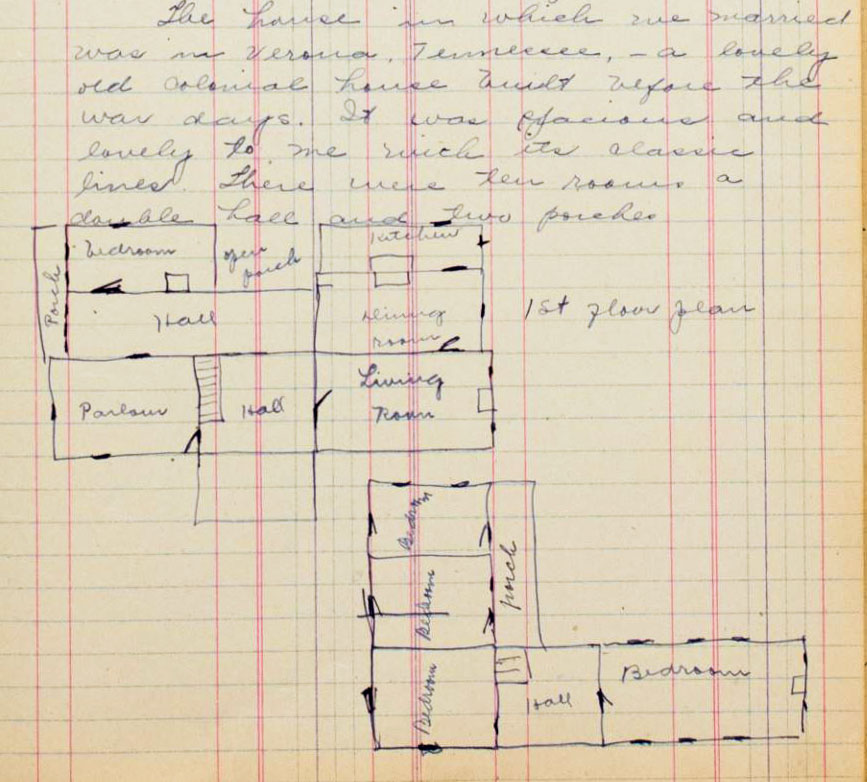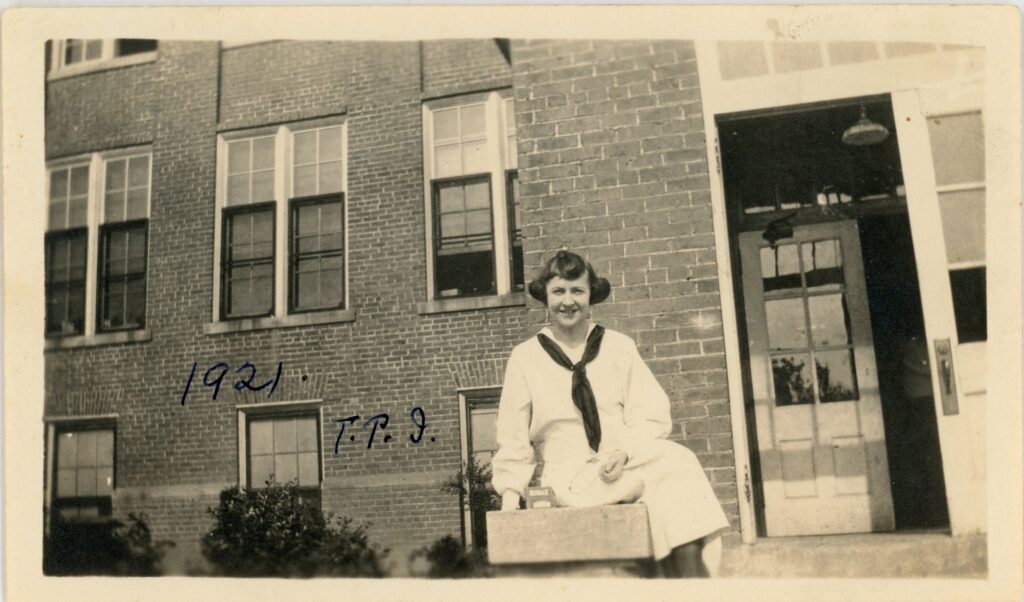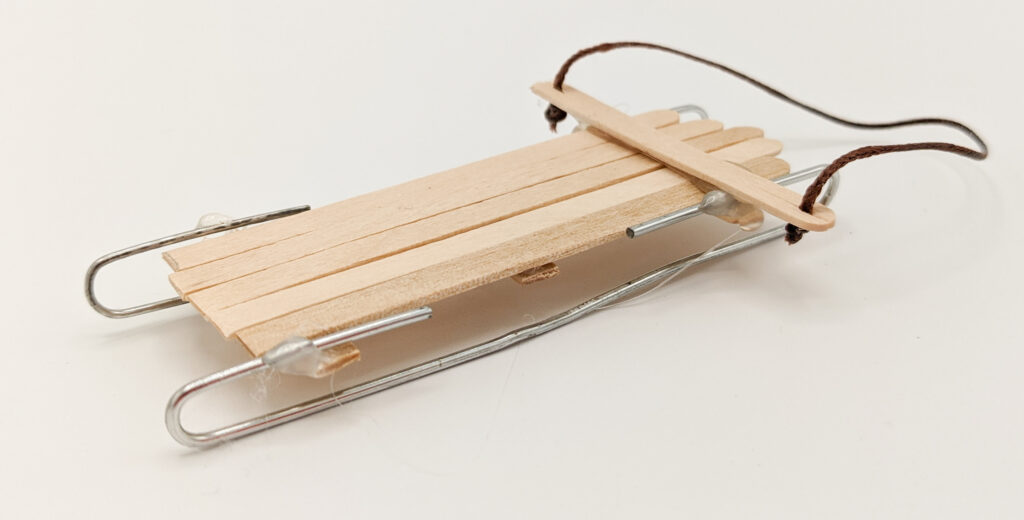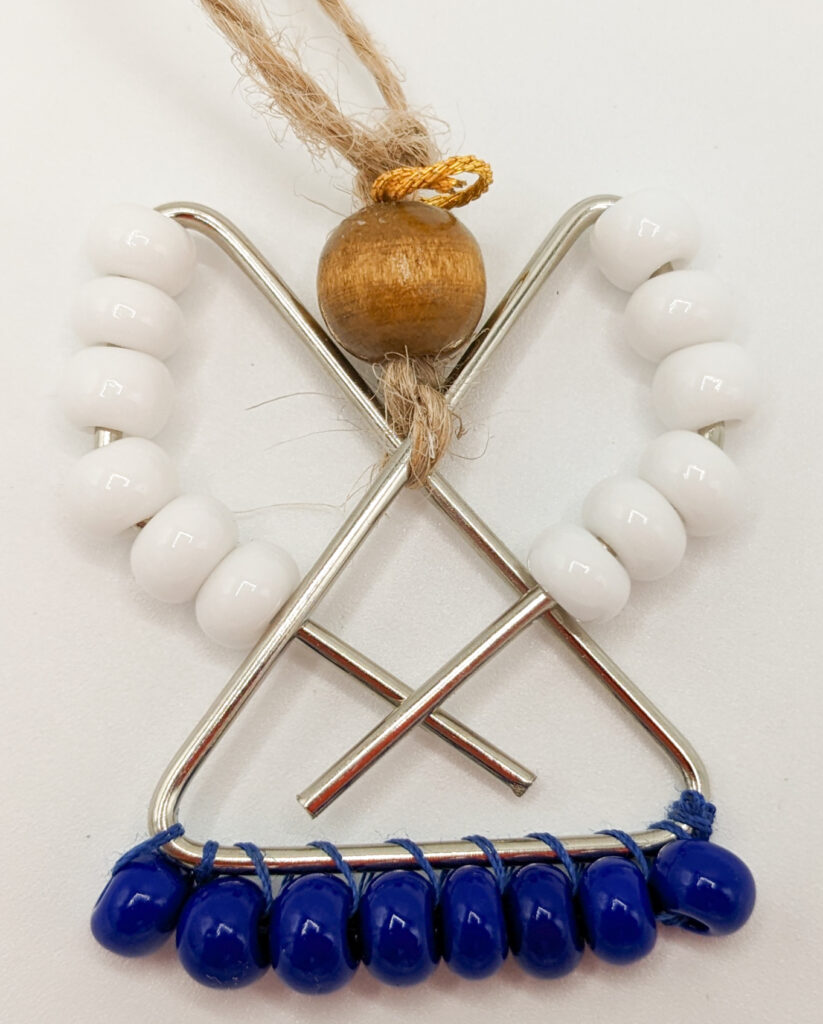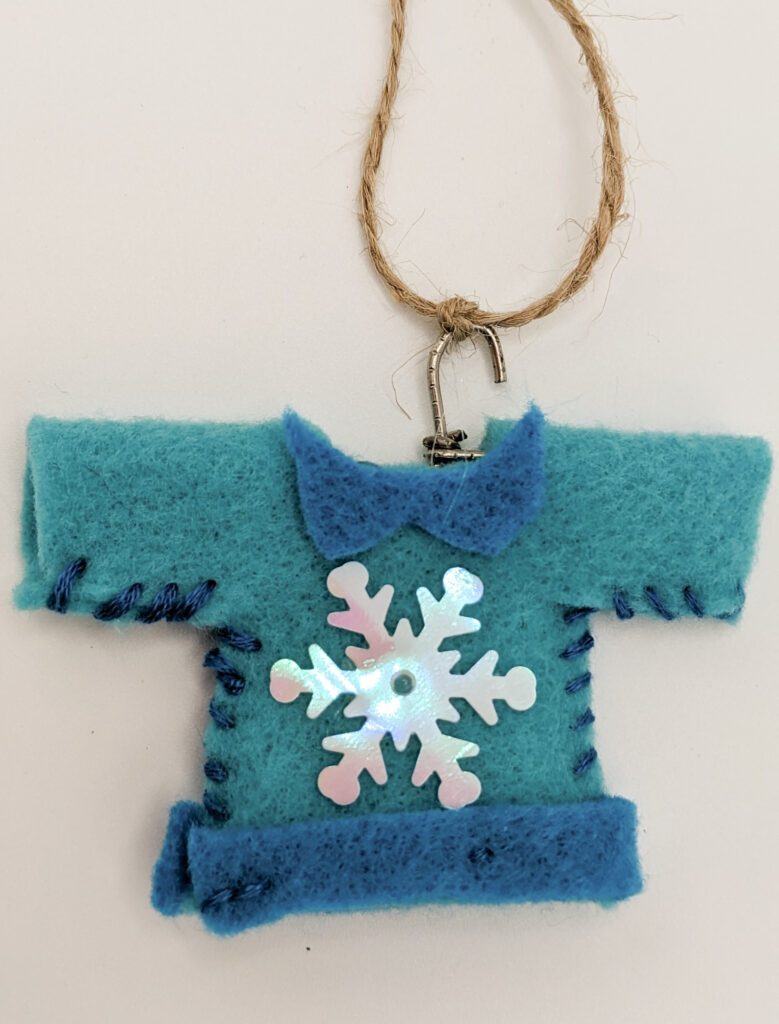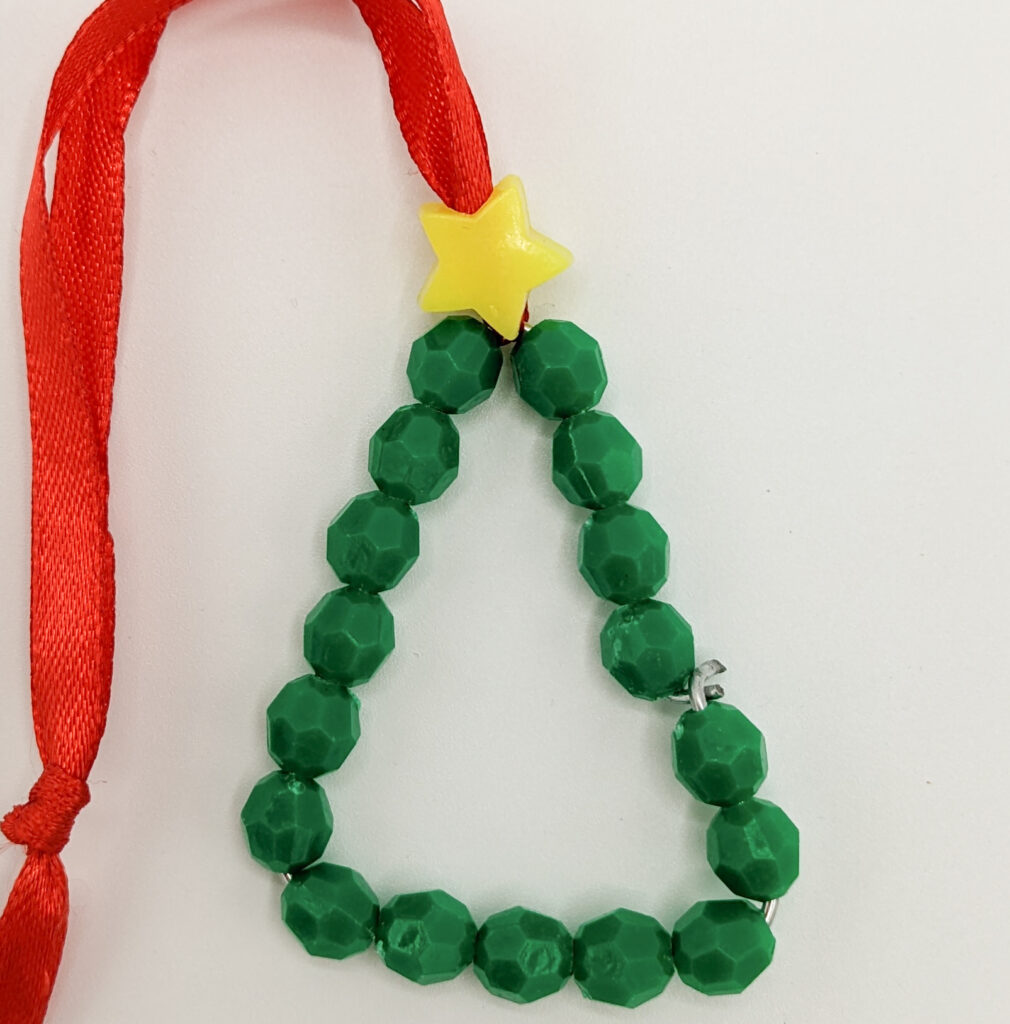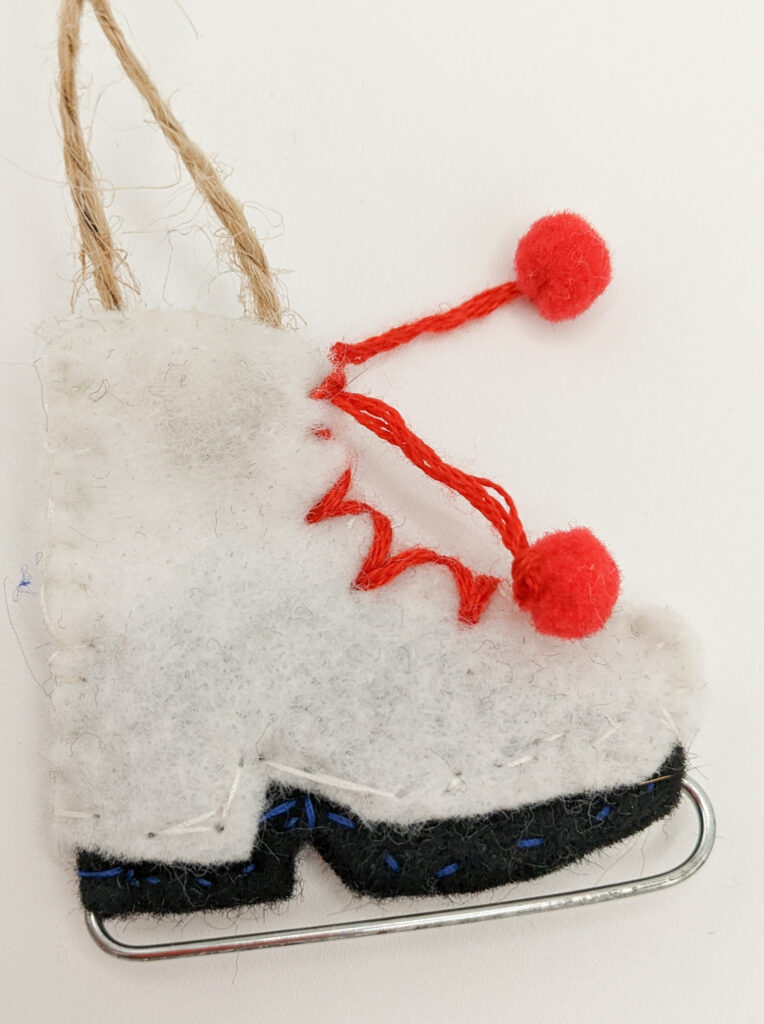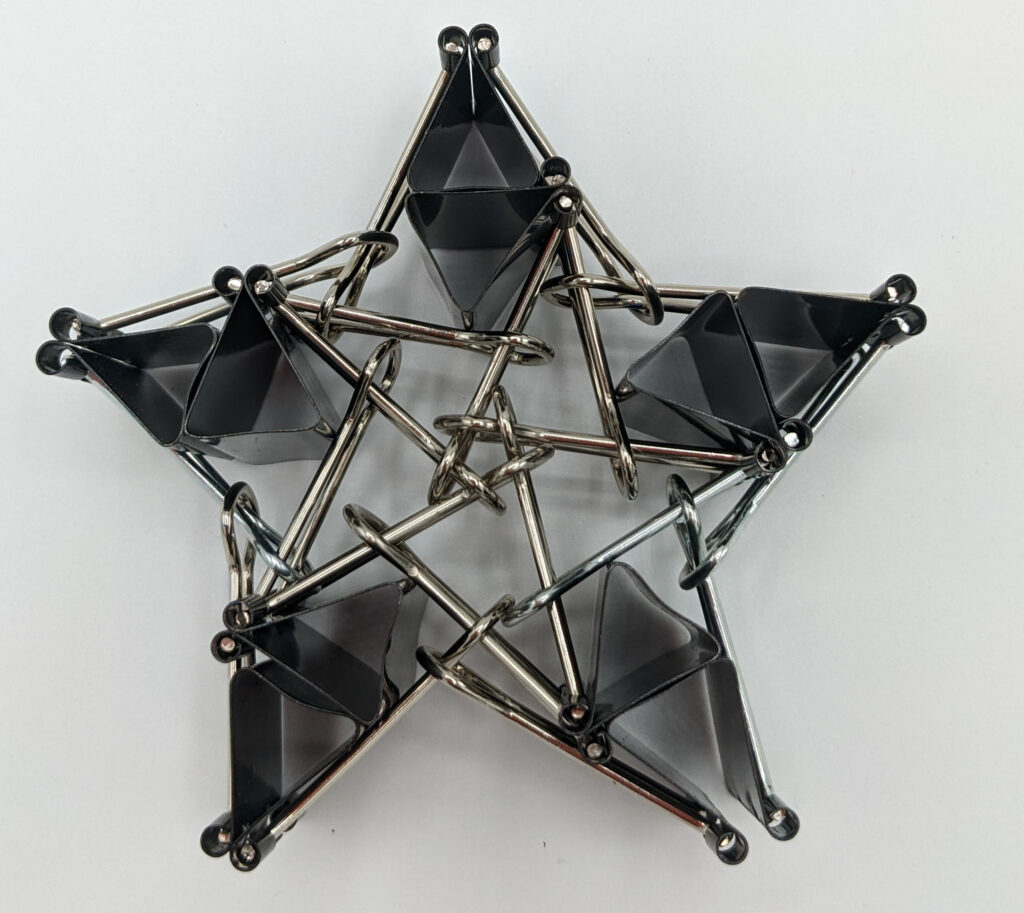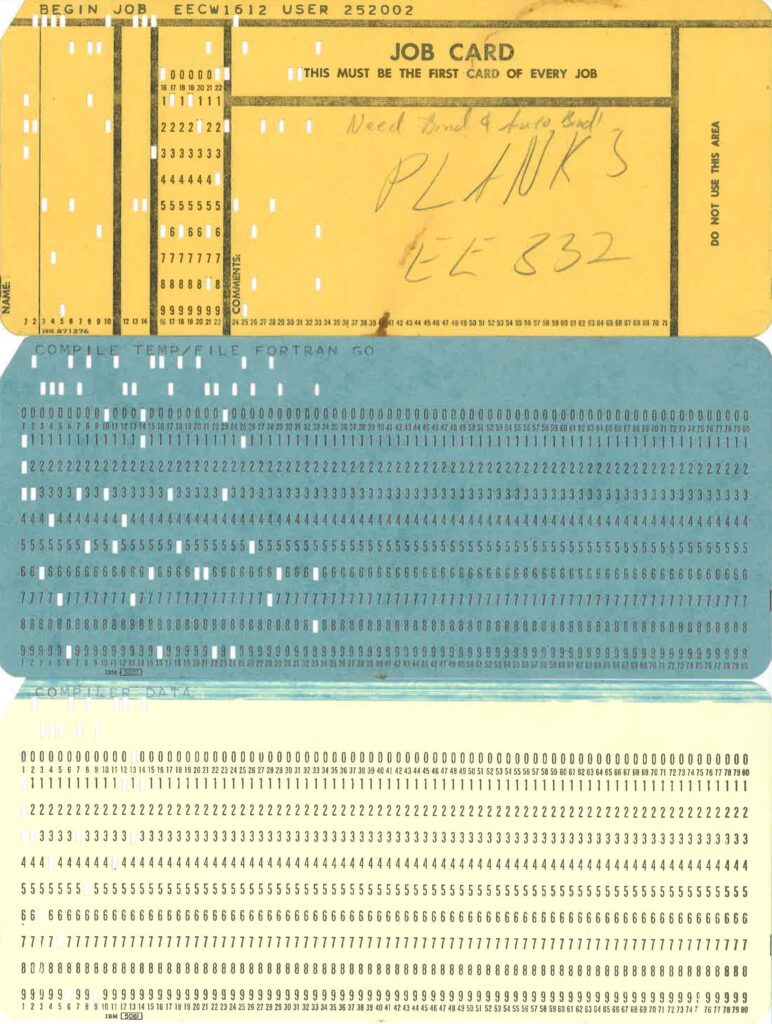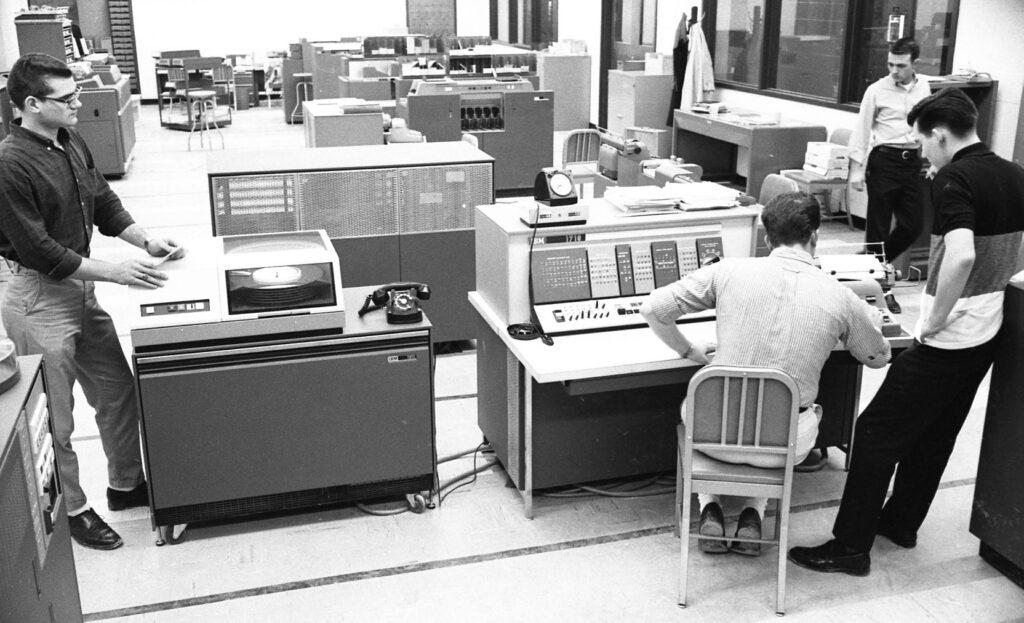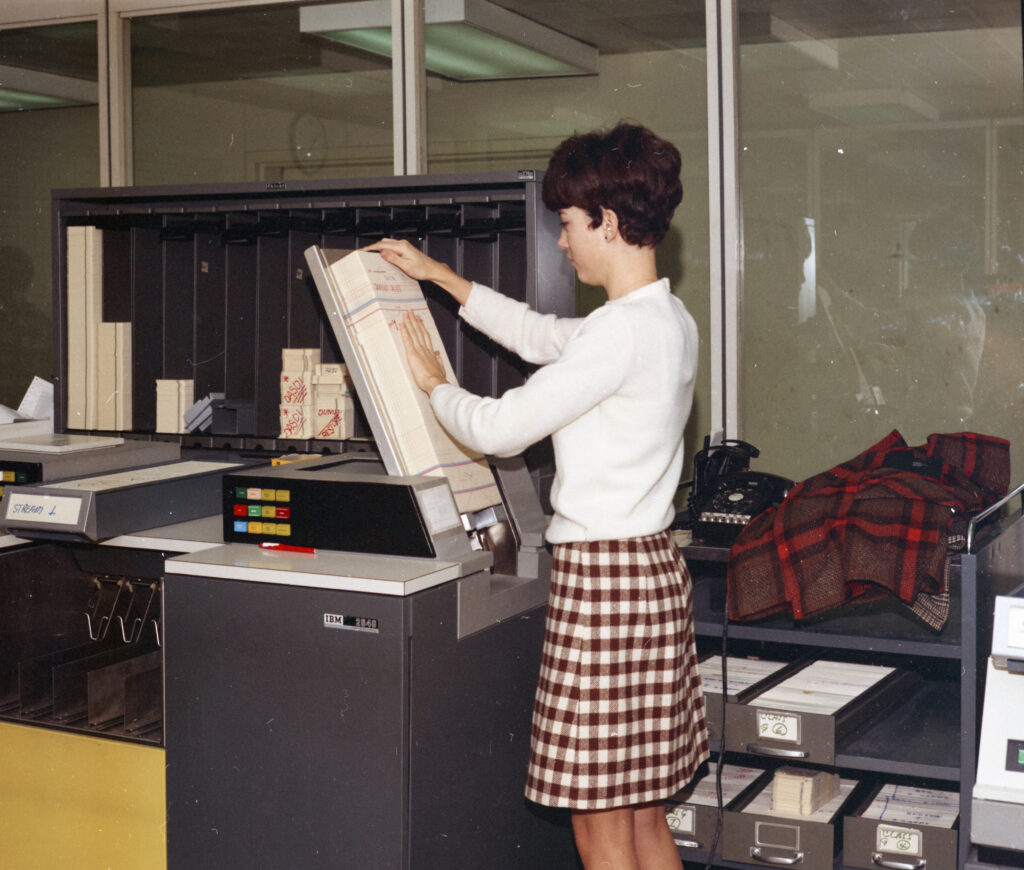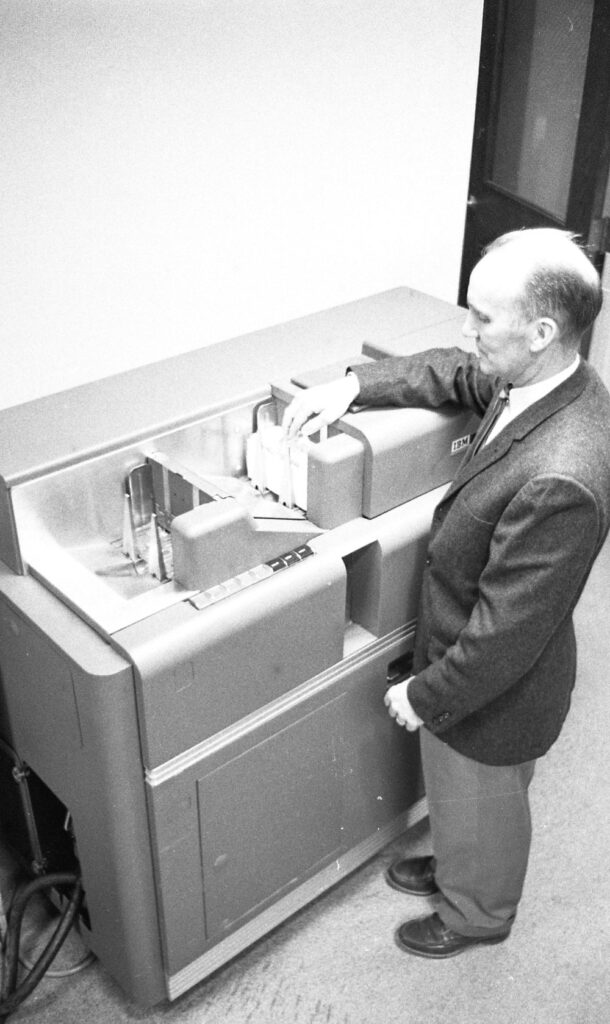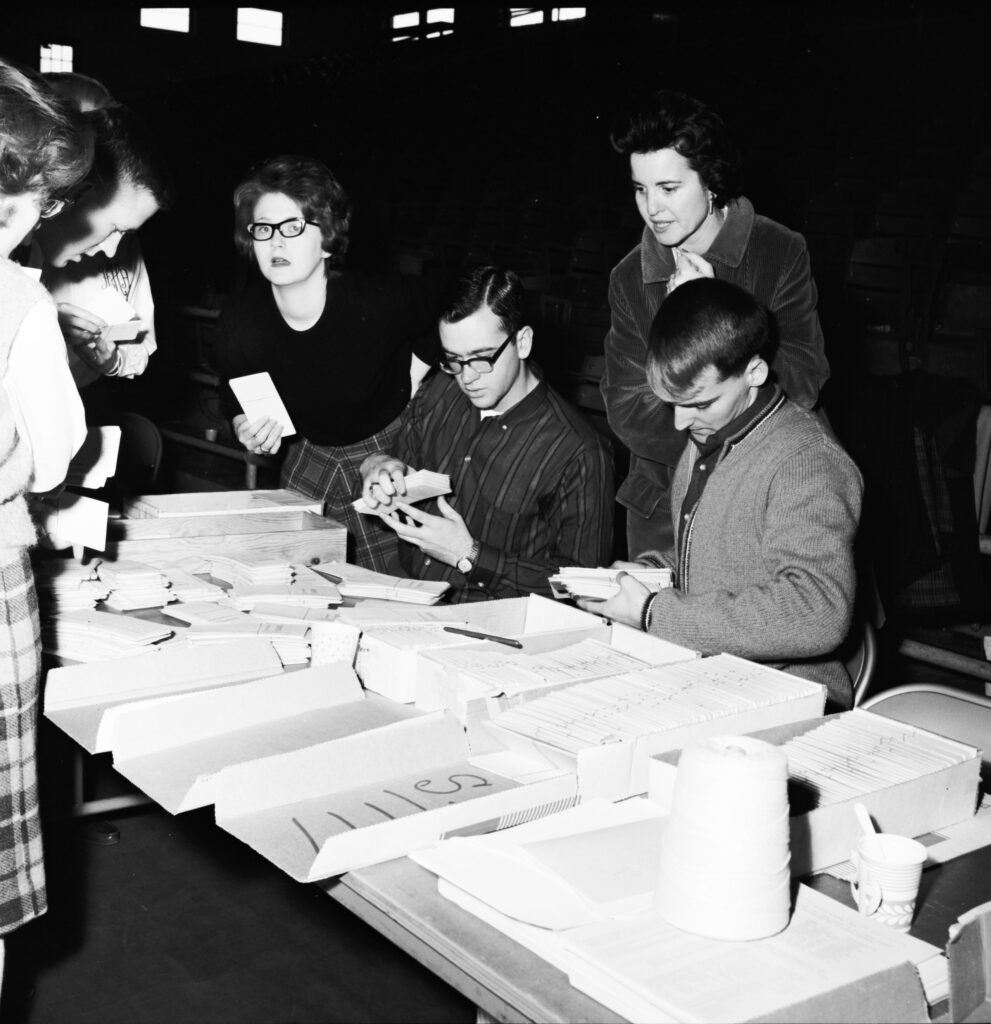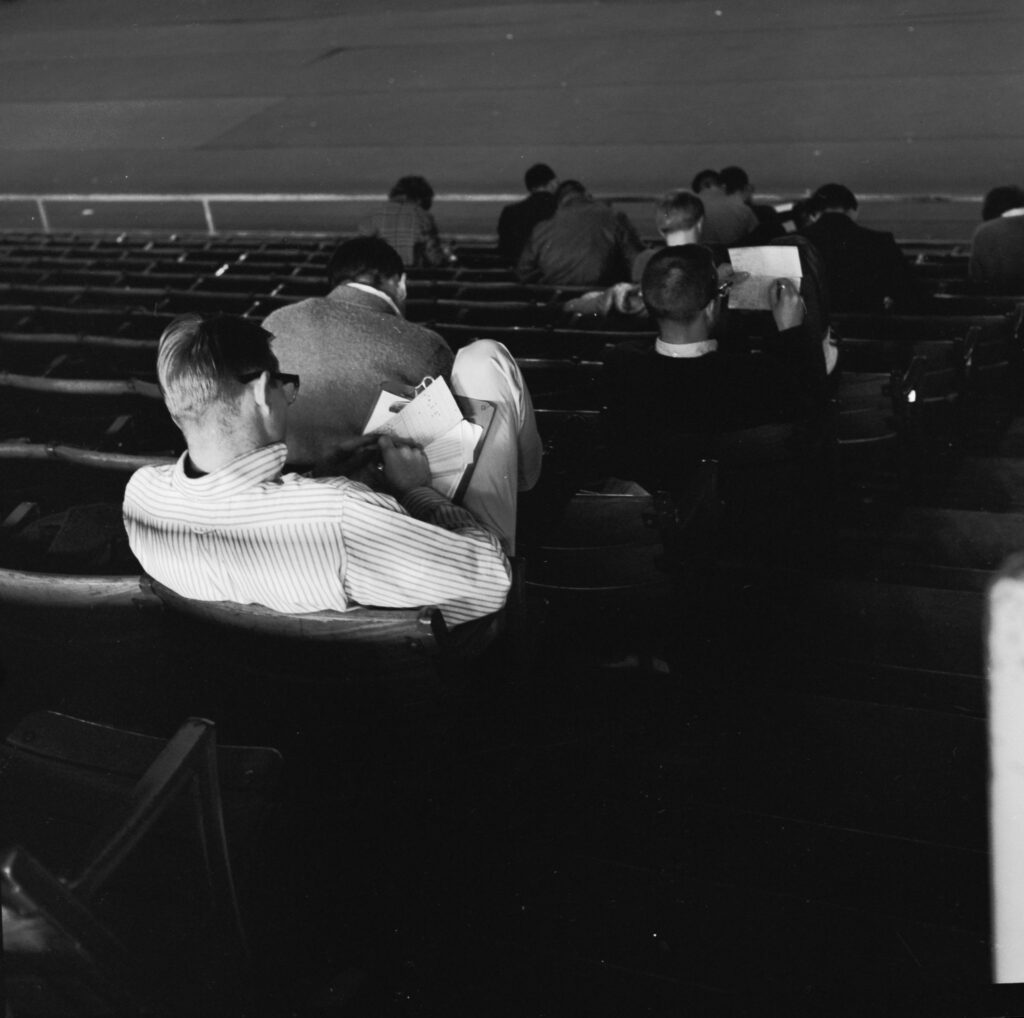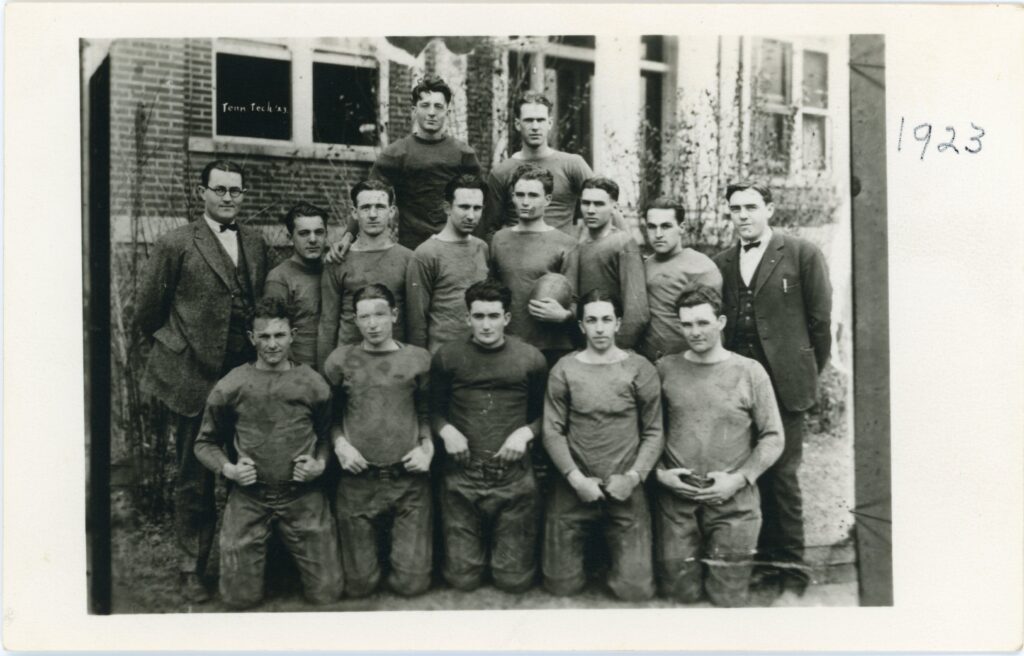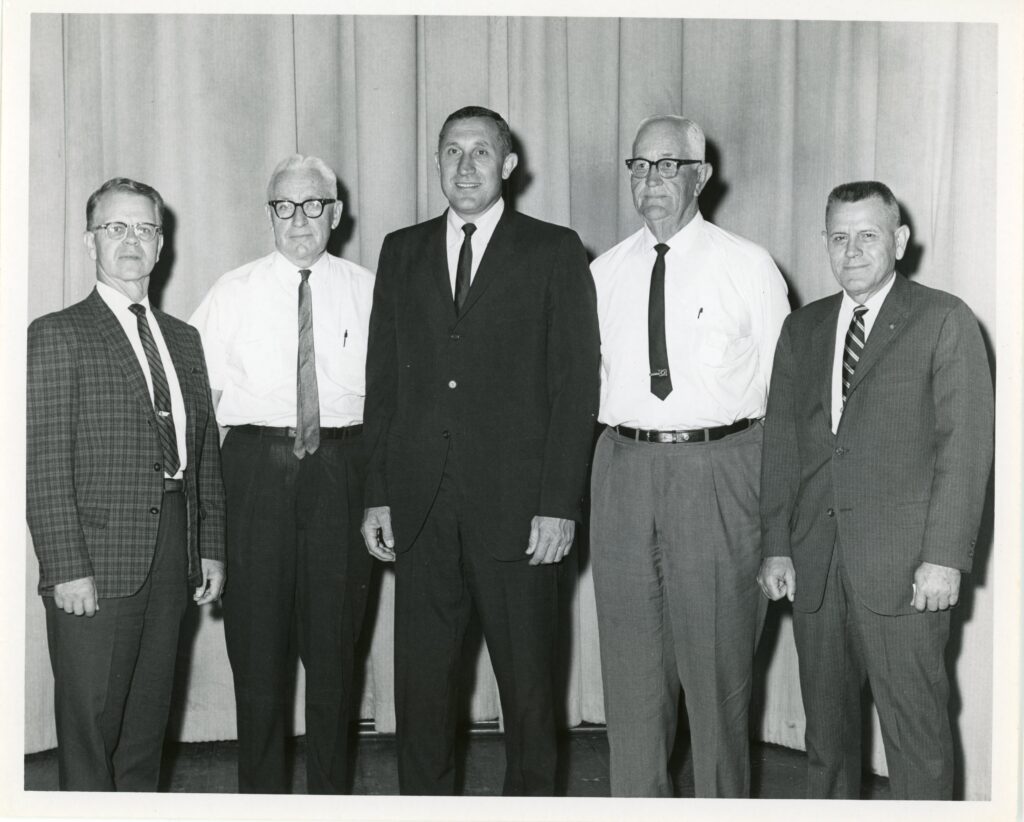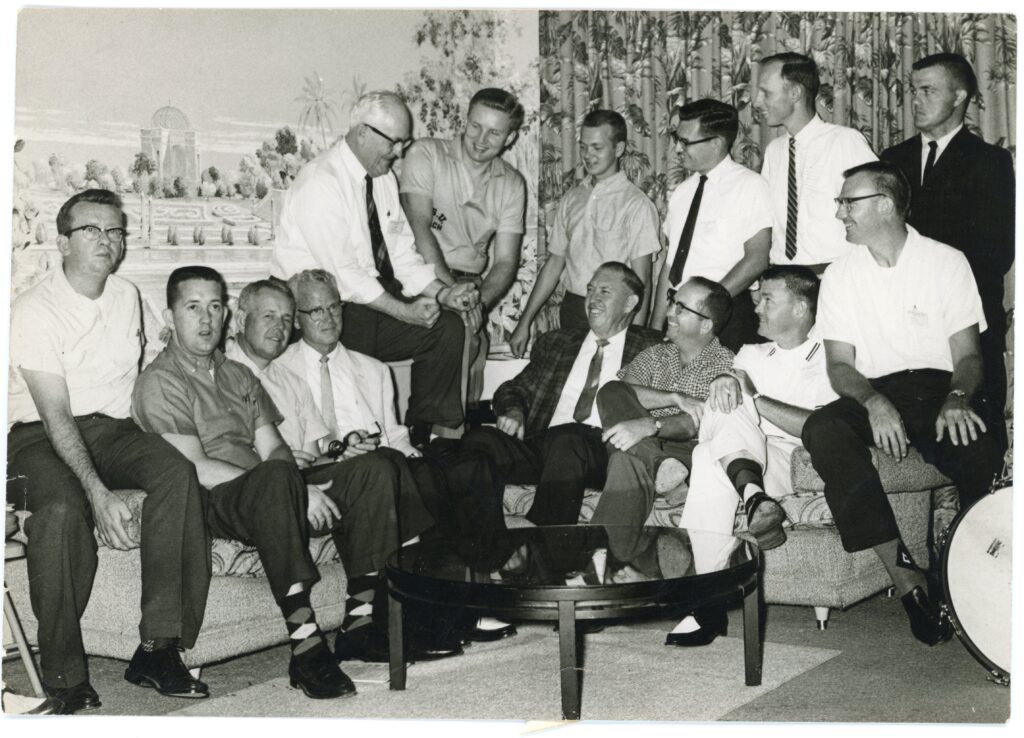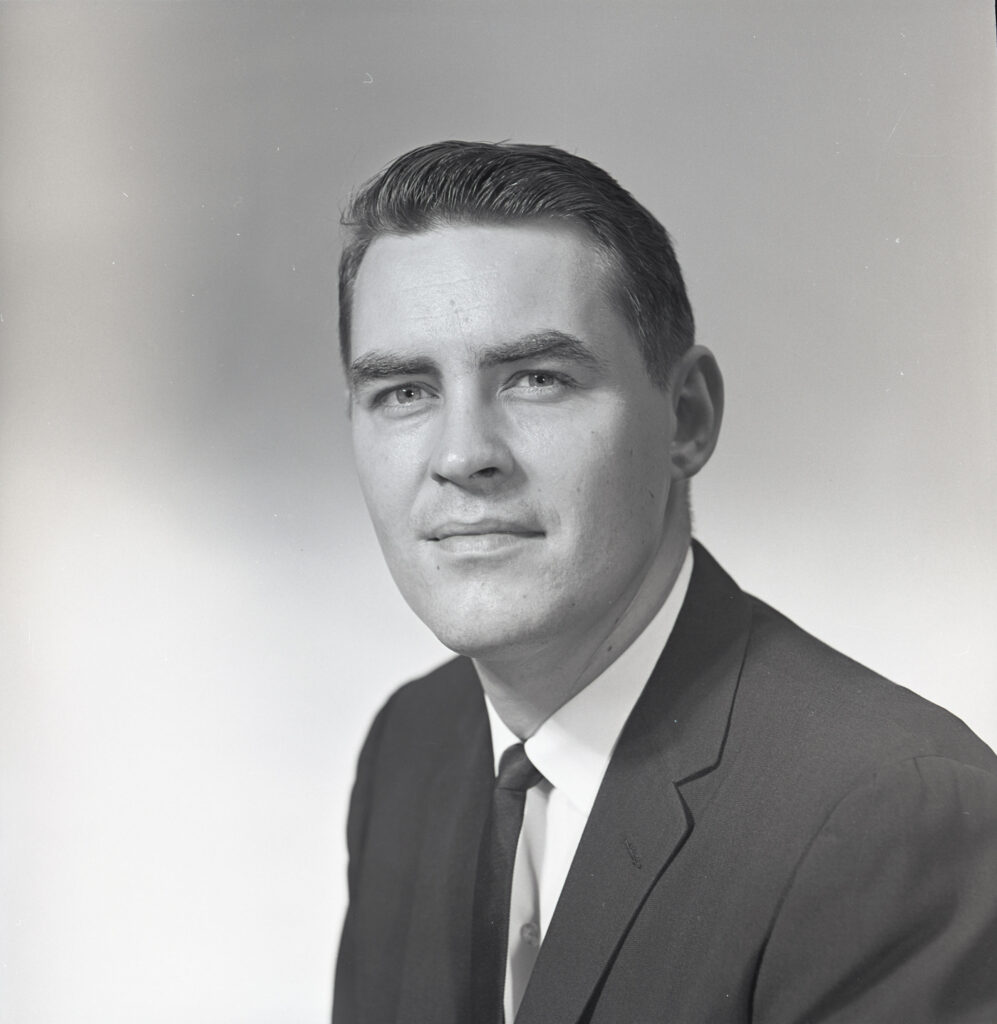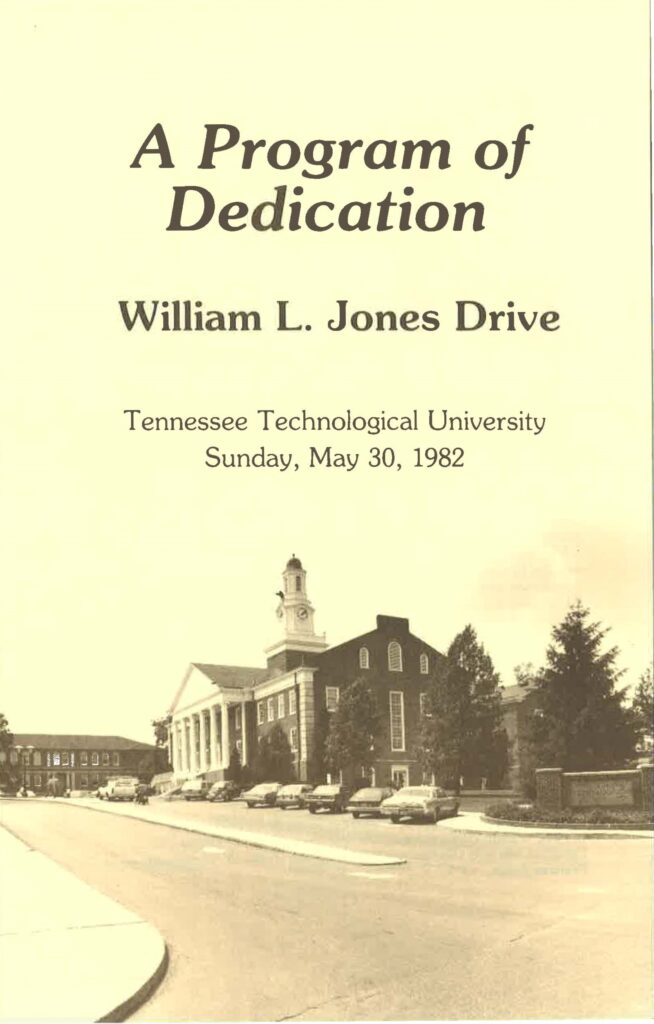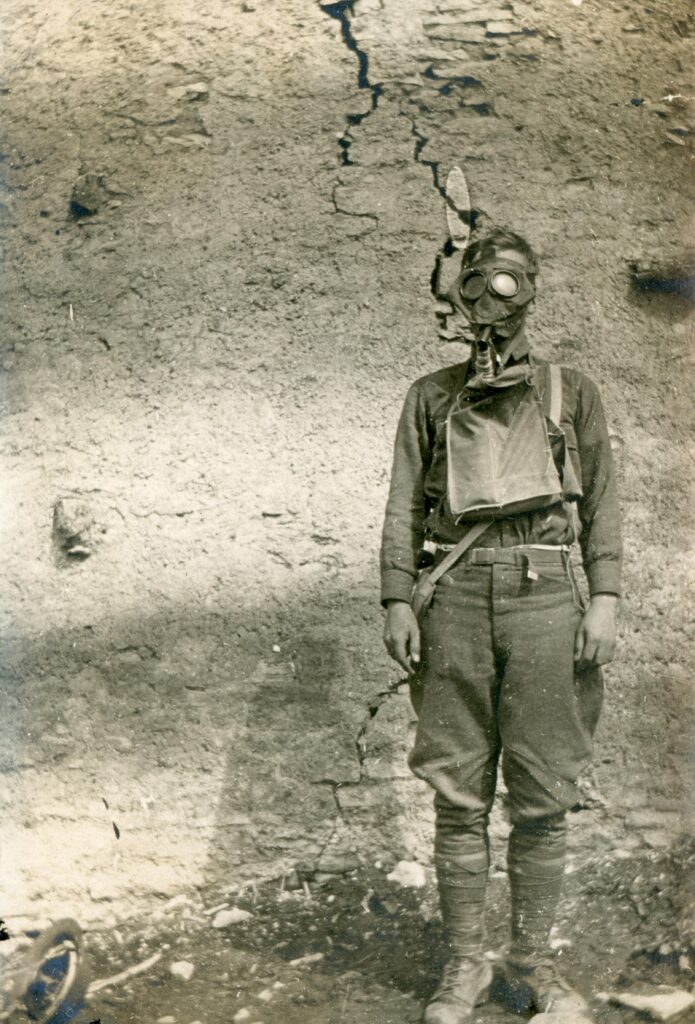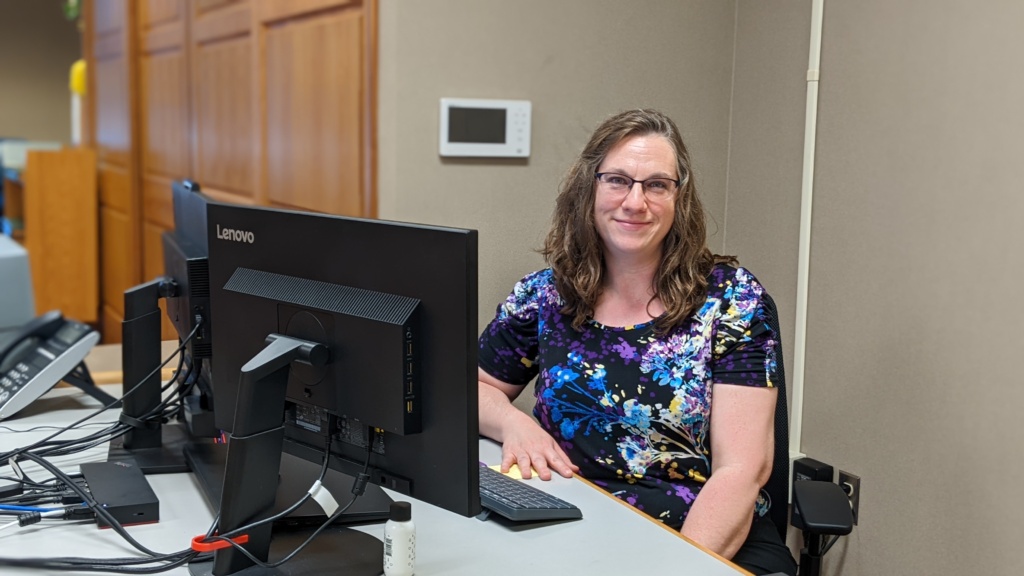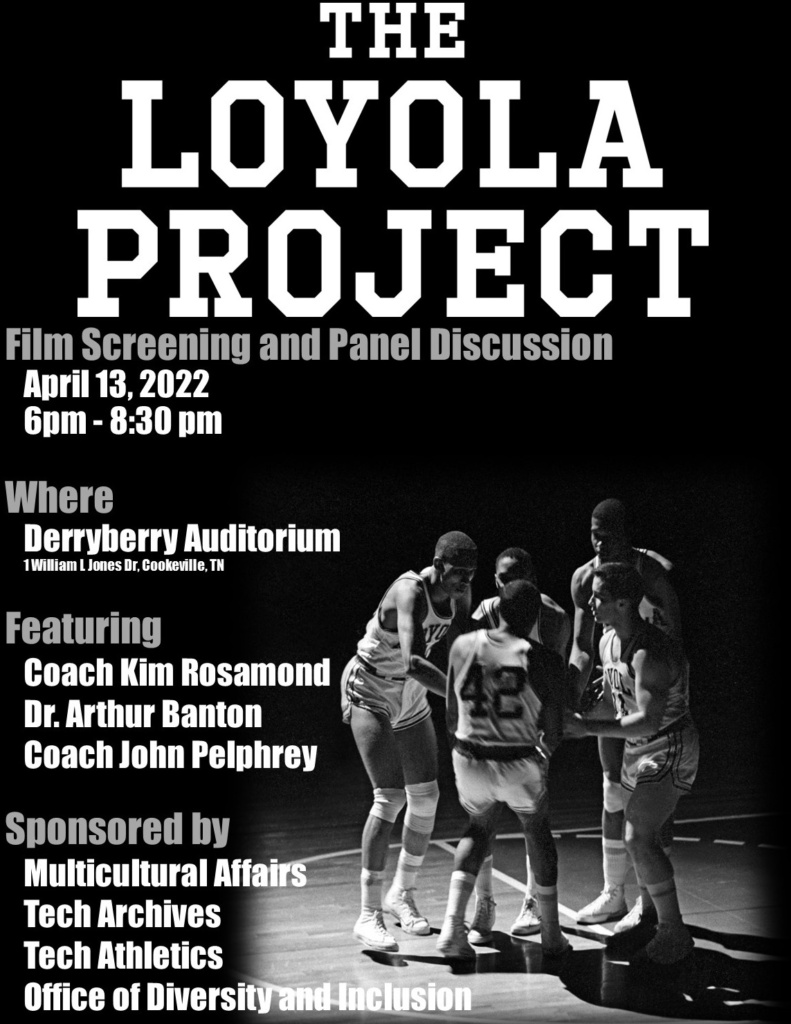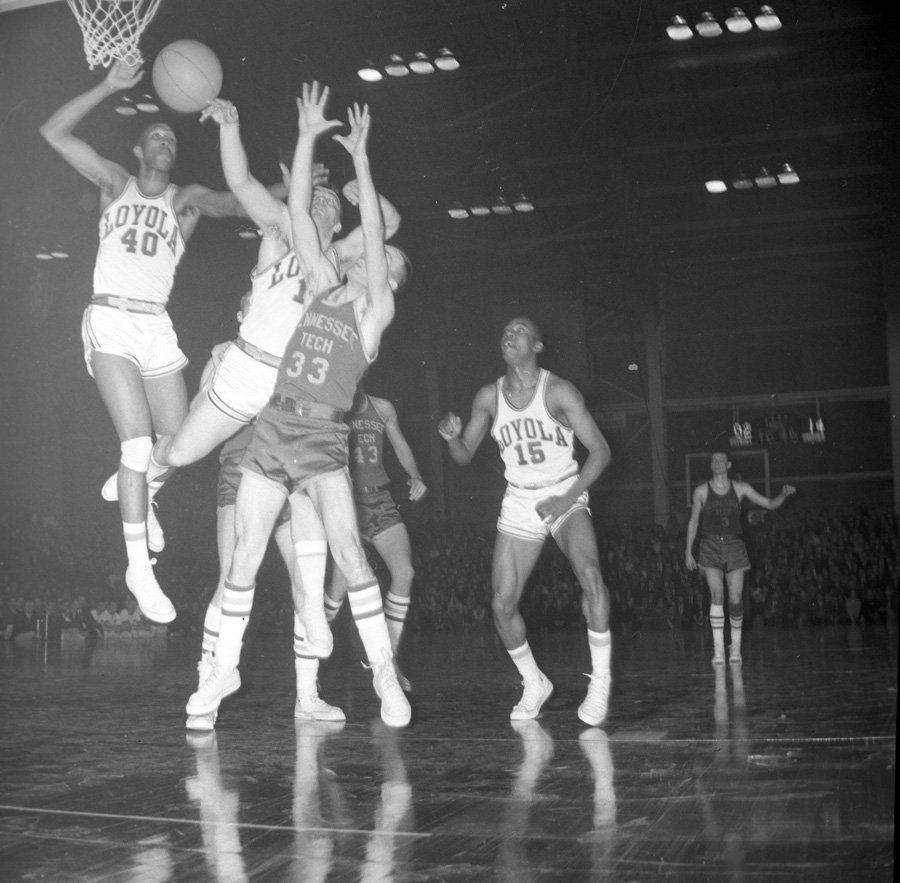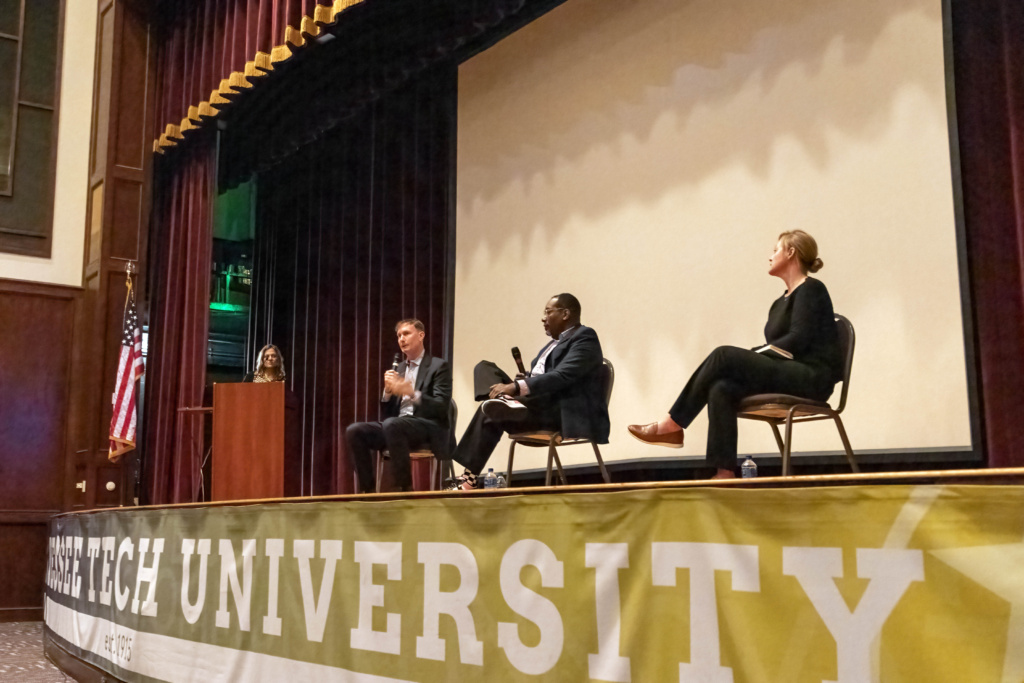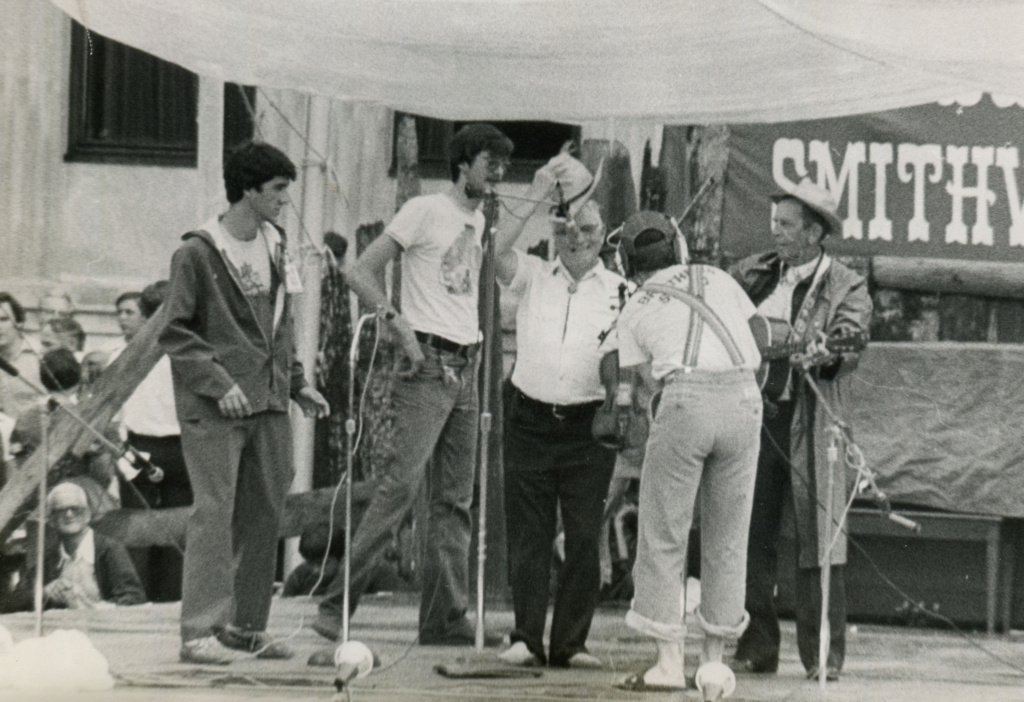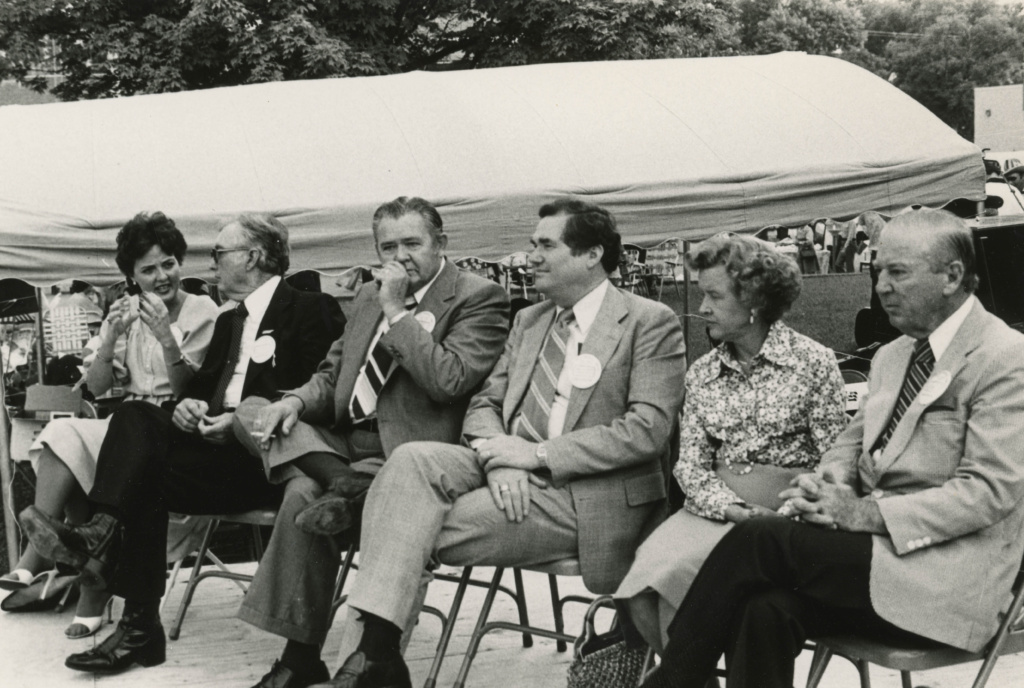by Dean Duncan-Morin
Thomas Alva Early was the first of seven recorded children of George Peter Early and Mattie J. Nolen Early, born in Water Valley, Yalobusha County, Mississippi on August 28, 1881. He attended public school in Mississippi and then graduated from the University of Georgia. After, he returned to Mississippi to act as Superintendent of schools for Yalobusha County. There, he was contacted by Seaman A. Knapp, a prominent agronomist and innovator of farm demonstration work. Early caught Knapp’s attention for his work promoting agricultural clubs in the Yalobusha school district, and following Knapp’s death in 1911, helped organize and raise funds for the Knapp School for Country Life and Peabody College in 1913-1914. During this time, he joined the University of Georgia Agricultural Extension Department, establishing extension programs throughout Mississippi, Arkansas, and Tennessee. Through this work, he connected with many wealthy and affluent individuals throughout the Lower and Lower Middle Appalachian region, who later helped him in his contest for the position of President of the newly formed Tennessee Polytechnic Institute (Tech), in early 1916.
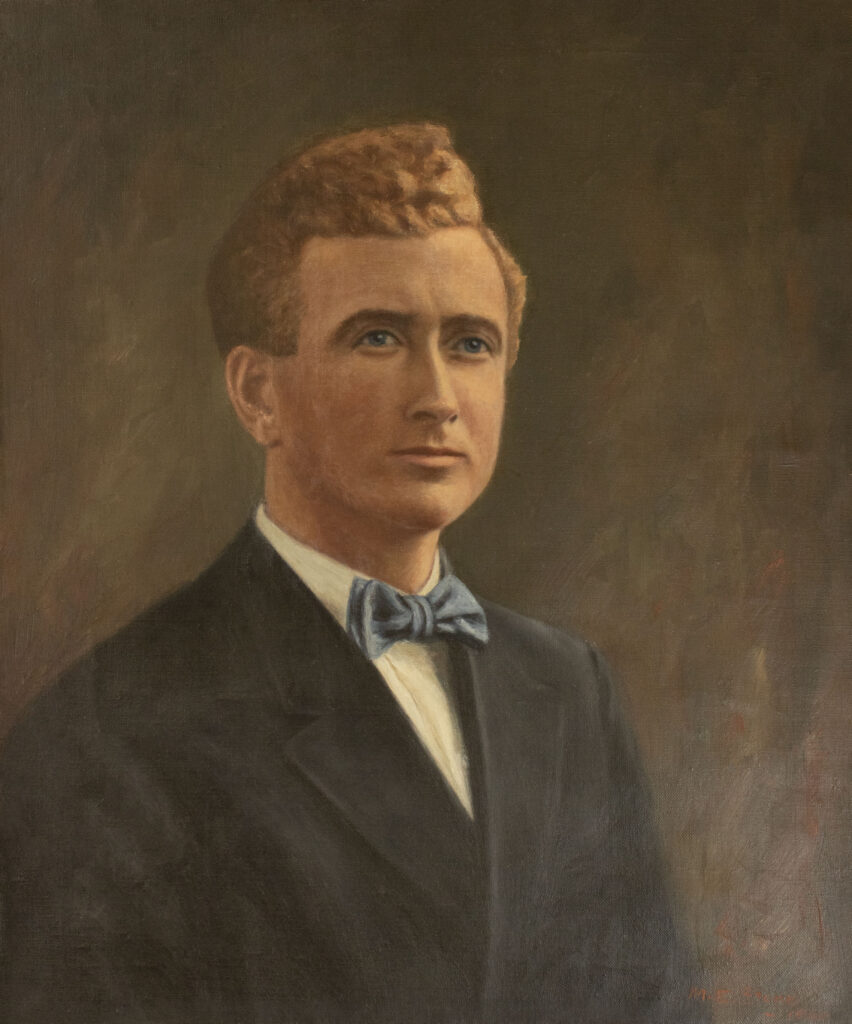
Tennessee Polytechnic Institute, a new technical school in Cookeville, Tenn., began its peculiar and extremely tenuous existence from its conception on the state Senate floor in early 1915. In 1914, Cookeville politicians and spokespersons, spurred by the passage of the 1909 General Education Bill establishing three state normal schools, or schools for teaching teachers, began advocating for a fourth state normal school in Cookeville. Cookeville advocates encountered fierce resistance from the administrative heads of the previously established normal schools, who felt that their exclusive privileges as state colleges would be diluted by a fourth teaching college. Advocates for the new school proposed establishing a technical and agricultural school instead, given the rural nature of the region. While this did not particularly calm the misgivings of those incensed against its founding, it convinced legislators of its benefit; on March 27, 1915, Governor Thomas C. Rye passed the legislation establishing the Tennessee Polytechnic Institute, using the now defunct Dixie College as its campus. Even though the bill passed the legislature, school administration from the other state normal schools were dead set on the repeal of its establishing legislation. And so, with the formative decisions regarding the fledgling Tech being closely watched by those seeking its downfall, a President needed to be hired to guide the institute’s first steps.
Having heard through word of mouth that the newly established technical institute was looking for someone to helm the position of President, Early sent word to Putnam County Superintendent J. M. Hatfield on Feb. 21, 1916 of his accomplishments and desire for the position. Early’s influential Nashville friends convinced members of the Board of Education that he was the best person for the job, and by late March, he was the first President of Tennessee Tech. Within the month, the new President put together a list of professors to staff the school. This alone placed his stamp on the school forever, molding each department as he saw fit by whom he placed at its head. This action, however, according to Tech Historian Austin Wheeler Smith, eventually led to internal conflicts that resulted in Early’s later removal from the position in 1920. Smith purported that Early’s educational background in vocational and industrial work placed him at odds with the liberal arts and master’s degreed professors that he appointed as the various departments’ heads, particularly the man he appointed as Dean of English, Charles Denson Daniels.
Image description:
Early’s correspondence regarding his self-appointment as President of Tennessee Polytechnic Institute.
Although his time in office was short, Early was an integral player in Tech’s formative years. He was crucial to the survival of the institution, especially in the case of raising funds, as Tech had financial troubles for many years after its founding. Early was intimately involved in the campus culture and the lives of the students. They frequently corresponded with him regarding assistance or updating him on their life. For instance, in one case he sought accommodations for a student to stay in Cookeville so that she may attend Tech. His two most meaningful achievements came during the end of World War I. Early wanted to use Tech to assist the war effort. On September 30, 1918, Early received permission from the Department of War to establish a War Training School with a detachment of the Student’s Army Training Corp.
Image description:
Letter from Thomas Alva Early to Mrs. Dora Allen, detailing his plans to discuss with the citizens of Cookeville about the furnishing of accommodations for Mrs. Allen’s daughter, Gladys.
His second achievement, a rehabilitative vocational school, came to fruition after he had been removed from office, but he did see it in its early stages. Early suggested the school in 1918 for the wounded soldiers that would soon come back from the European conflict, but the Board declined his idea. In 1919, recently elected Governor Albert Roberts, further initiated Early’s idea, and requested that a rehabilitation school be built at Tech on September 23 of that year. While Tech terminated Early in 1920, the rehabilitation school survived, and on July 1, 1920, a day after Early left office, 60 veterans arrived at Tech to learn vocational skills for reintegration into society.
Early’s presidency ended unfortunately due to running afoul of some powerful Nashvillians late in his term; particularly, the new Governor, Albert Roberts, elected in 1919. Early himself suspected that Roberts wanted him removed from the position, a claim he supported with the split vote on his termination being between members of the Board appointed by the previous Governor and members appointed by Roberts. Austin Wheeler Smith purported that it may have been due to Early’s support of former Governor Thomas C. Rye that drew Governor Roberts’ ire. Tension from within and without led to the resignation of Dean Daniels in the Summer of 1919, which then prompted Early to submit his resignation for the next year on September 16, 1919. Sometime between the filing of his resignation and his departure, Early withdrew his resignation, which the State Board of Education responded by firing Early and all his administrative faculty but one on June 30, 1920. As almost an insult to injury on the way out on June 22, the newly appointed Putnam County Superintendent Albert Williams accused Early of embezzling $400 dollars from the U.S. government, but there is no concrete recorded evidence supporting this claim.
Image Description:
An article in the Putnam County Herald in which Thomas Alva Early defends himself against accusations of embezzlement of funds from the U.S. government, July 1, 1920.
After his term as president, Early became a bank liquidator for the Grenada Banking System, later becoming its vice president. On July 5, 1939, Thomas Alva Early died in his sleep in Greenwood, Leflore County, Mississippi. He may rest easy knowing that all of his efforts have paid off over a century later.
PRIMARY
(1920, July, 1) Putnam County Herald. [Documents curated and collected by Christine Spivey Jones]. Christine Spivey Jones Papers (RG 116, Box 14, Folder 26). Tennessee Tech University Archives
(1917-1920) [Faculty minutes of the faculty of TTU from 1916 to 1931]. Faculty Minutes, 1916-1931 (Acc#2022-0070, Box 1, Folder 1). Tennessee Tech University Archives
(1920, July, 1) [Presidential papers of Quintin Miller Smith]. University Presidential Papers (RG 9, Series 1, Box 37, Folder 5). Tennessee Tech University Archives
Early, Thomas Alva, (1917-1918) [Presidential papers of Thomas Alva Early]. University Presidential Papers (RG 9, Series 6, Box 102, Folder 2). Tennessee Tech University Archives
Early, Thomas Alva, (1916) [Correspondence between Thomas Alva Early and J. M. Hatfield]. J.M. Hatfield Papers (RG 69, Box 1, Folder 1). Tennessee Tech University Archives
SECONDARY
Neufeldt, H. G., & Dickinson, W. C. (1991). The Search for Identity: A History of Tennessee Technological University, 1915-1985. Memphis State University Press.
Smith, A. W. (1957). The Story of Tennessee Tech. McQuiddy Print. Co.

